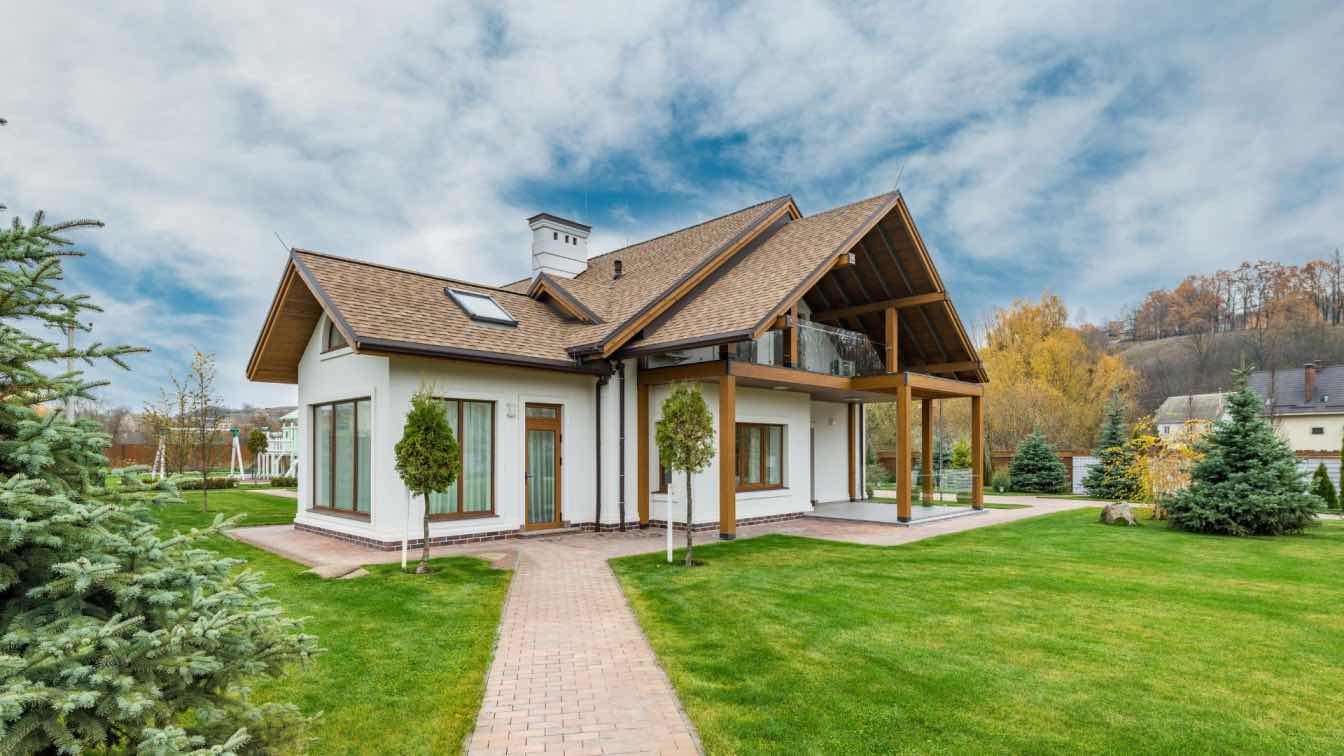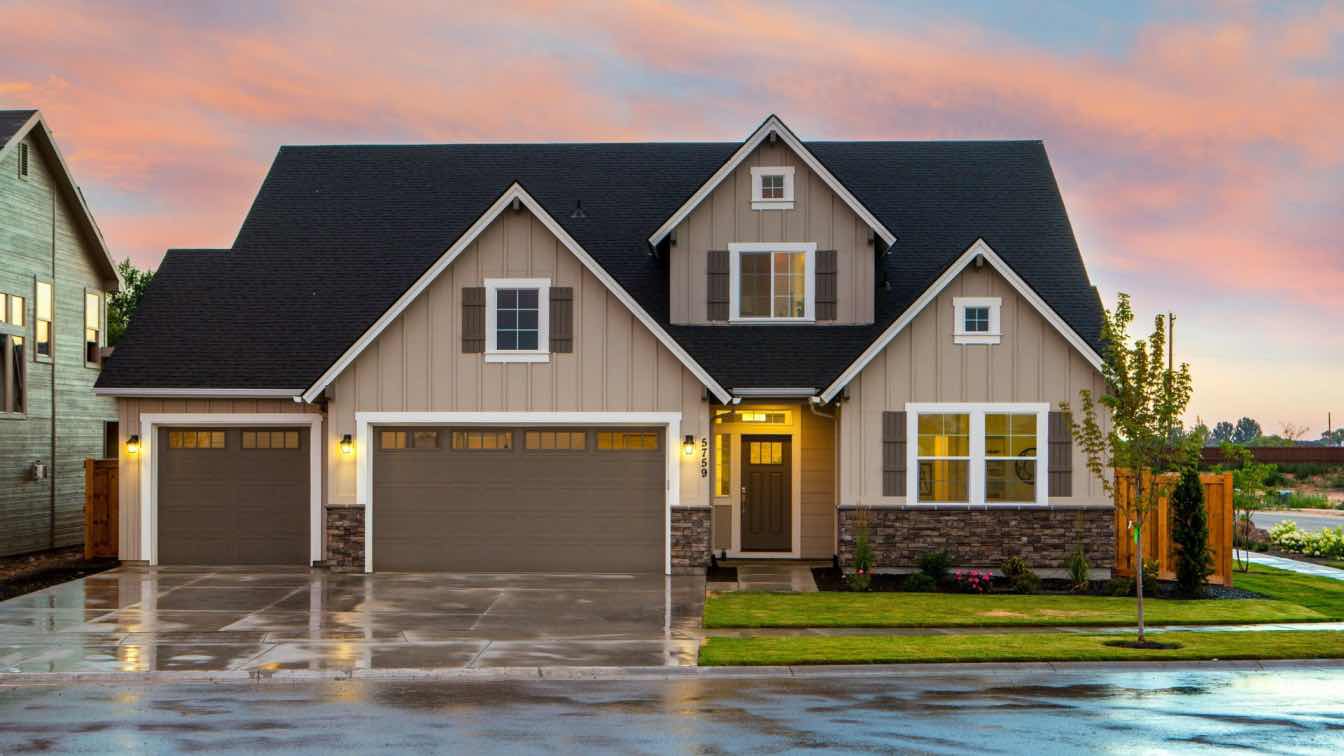When planning a new roof or renovation, design it to suit the building's climate. Weather conditions greatly affect the materials, styles, and architecture of a roof. In snowy, sunny, or rainy regions, choosing the right roof design enhances your home's longevity and functionality. This blog post explores roof design ideas for different climates, offering practical insights for homeowners.
Roof Styles for Cold Climates
In regions with heavy snowfall and freezing temperatures, roof designs must account for the accumulation of snow and ice. Steep-pitched roofs are particularly effective in these areas, as they encourage snow to slide off rather than accumulate, thereby preventing ice dams that can lead to leaks and structural damage. Roofs made from durable materials like metal or asphalt shingles are popular choices due to their ability to shed snow effectively. Homeowners might also benefit from consulting with roofing contractors to ensure that their roof's pitch and materials are tailored to withstand the local climate. Features such as heating cables along the eaves can help melt accumulated snow and ice, reducing the risk of ice dams and minimizing potential roof damage. Proper insulation is also necessary to prevent heat loss and maintain a comfortable indoor environment.
Roof Design for Hot Climates
In hot, arid climates, roofs should focus on energy efficiency and heat resistance. Flat roofs or low-pitched designs are common, allowing for better ventilation and accommodating roof gardens that help cool the building naturally. Light-colored materials, such as reflective shingles or tiles, are effective in reducing heat absorption. Installing solar panels can provide energy while minimizing the home's carbon footprint. Homeowners can consider green roofing by planting vegetation on the roof, which reduces heat retention and improves insulation. Using overhang shades on windows and walls, lowering indoor temperatures, and reducing air conditioning use. For maximum energy efficiency, proper insulation and reflective roofing materials are essential.
Roof Considerations for Humid Environments
Humidity can lead to significant challenges for roofs, including mold and mildew growth. Roofs in these climates should be designed with proper ventilation to allow moisture to escape. Steep-sloped roofs help prevent water pooling, while materials like metal or slate are resistant to mold and can withstand high humidity levels. Homeowners should also consider installing gutters and downspouts that effectively manage rainwater runoff, minimizing the risk of water damage. Selecting moisture-resistant roofing materials is critical. Synthetic products often offer superior durability compared to traditional materials. Protective coatings can enhance the lifespan of roofing materials in humid environments.
Roofs for Tropical Climates
In tropical regions, roofs need to withstand heavy rainfall and potential storms. A combination of steep pitches and durable materials, such as clay tiles or thatch, can be effective in these areas. The design should incorporate overhangs to protect the walls from rain and provide shade. Waterproof membranes can further enhance the roof's ability to keep the home dry during heavy rains. Homeowners should design roofs with integrated drainage to manage stormwater. Channels or troughs guide rainwater away from the foundation, reducing flooding risks.
Roof Features for Windy Areas
In locations prone to high winds, roofs must be designed to withstand gusts that can cause significant damage. A low-profile roof design can reduce wind resistance, while reinforced materials like metal or asphalt shingles can provide added security. Securing all roof components, including shingles and flashing, is necessary to prevent them from being lifted by strong winds. When designing roofs for windy areas, homeowners might consider using architectural shingles, which are designed to interlock more securely than traditional shingles. Installing wind-rated roofing products can provide peace of mind, knowing that the roof is designed to withstand local weather conditions.
Sustainable Roof Designs for All Climates
Regardless of the climate, incorporating sustainable design elements can benefit any home. Green roofs, which support plant life, help with insulation and reduce stormwater runoff. Rainwater harvesting systems can be integrated into the roof design to collect water for irrigation or other uses. Selecting eco-friendly materials, such as recycled shingles or sustainably sourced wood, can further enhance the roof's environmental performance. Incorporating solar panels into roof designs provides renewable energy and reduces reliance on fossil fuels. Using local materials supports the community and cuts down transportation emissions. Energy-efficient roofing options suit various climates, enabling homeowners to make eco-friendly choices anywhere.
Choosing the right roof design is crucial to ensure a home can handle its climate while providing comfort and efficiency. From steep-pitched roofs in cold areas to flat designs in hot regions, each climate has specific requirements influencing roofing choices. Homeowners should consider local weather patterns and collaborate with professionals to create a roof that meets functional needs and suits their home's look. Investing in the right roof design offers long-term benefits like increased durability, energy efficiency, and home value.





